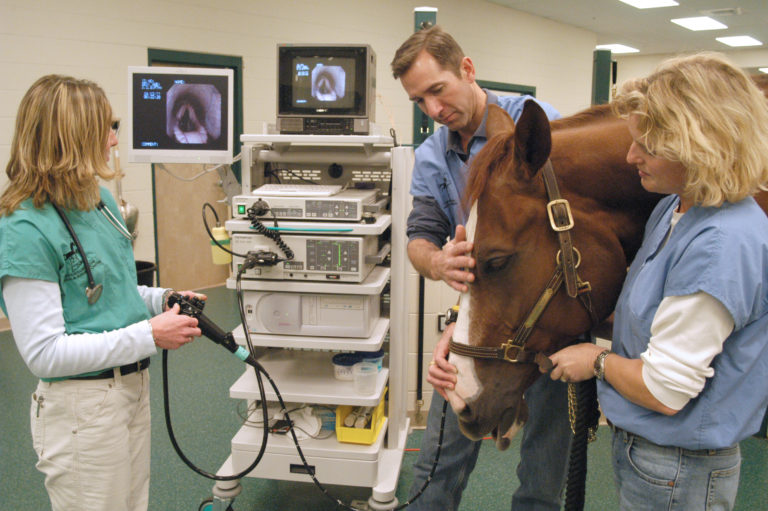By Tineke and Joep Bartels, with commentary by Imke Schellekens-Bartels.
158 pages, $29.95. Published by Trafalgar Square Books, available through HorseBooksEtc.com.

Reviewed by Mary Daniels
“Dressage is in a turbulent period of growth, development and discussion,” write the authors as the lead of the conclusion of the book Ride Horses with Awareness and Feel. “.Training methods are changing. One consequence of this change is that more understanding of the equestrian sport is needed and in this book we have attempted to provide this in a contemporary way.”
Precisely because of these circumstances I read every word of this book, sometimes more than once, trying to understand more about these training methods, which the authors refer to as “deep and round” (others as hyperflexion or rollkur), and of which they are leading proponents.
I approached reading it in the most objective frame of mind I could muster, suspending all bias or prejudice, in order to achieve the most understanding. I found the book to be very well-written and the translation from Dutch to English by Marji McFadden superb. The photos are superb, especially as they relate to the text. I found the tone conservative while very determined in its advocacy. I was also impressed with the eclecticism offered up front: The book examines the benefits of liberty work in establishing a firm horse-human relationship, for example.
Much of the initial chapters deal with those issues most riders beyond the intermediate level are already familiar with. However, they are presented with a fresh perspective, which I found valuable. In this sport, very often hearing the same core of information presented in an innovative way can re-fire brain cells into new illumination.
At the outset, the text promises to reveal how great riding is “deconstructed.” Some of the themes deal with how to get from conscious to subconscious riding, how to communicate with a flight animal such as the horse, how to recognize the horse’s flight position when it occurs, and how to defuse it before it can explode. Other subjects deal with rank order and leadership, and how it affects the rider/horse relationship, with rather surprising analysis of how sometimes fear and the desire to dominate in the horse can be one and the same.
Emphasis is put on how the rider’s body should be used as an instrument that acts and reacts in harmony with the horse’s body. (Later in the credits, Kyra Kyrklund is said to be the inspiration for some of these initial chapters.)
Soon the authors get into their method which they call Question and Answer, a form of “operant conditioning.” In a nutshell it is about refining aids by thinking the way the horse does, i.e. he responds more to reward or the cessation of an aid, than punishment or aids that don’t let up.
It is not until page 119 that “Deep and Round vs. Classical” is addressed.
“In the past, it was mostly strong men in the military who competed horses. Now we live in the age that sees much more women riders. The average woman may have less muscle power, but makes up for it with more feel than the average man,” the authors write.











